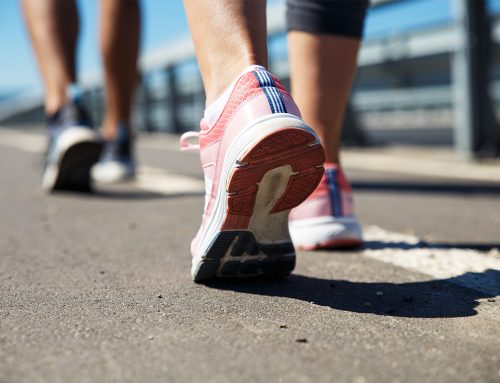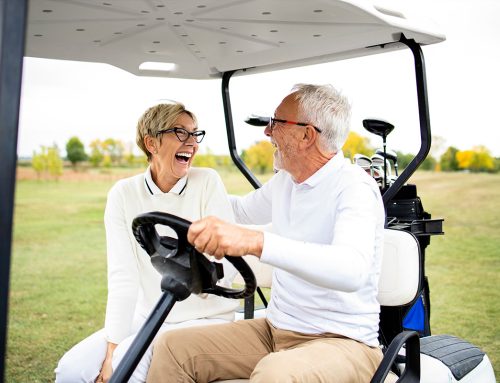Walking is one of the simplest and most accessible forms of exercise, yet it’s also one of the most beneficial. It requires no special equipment or gym membership, just a pair of comfortable shoes and the willingness to take that first step. The hardest part of walking for exercise isn’t the walk itself—it’s showing up day after day. But once you make it a habit, the rewards can be immense.
Health Benefits of Walking
Regular walking can lead to numerous health benefits, including:
- Improved cardiovascular health: Regular walking increases heart rate, strengthens the heart, and improves blood circulation, which can reduce the risk of heart disease and stroke.
- Enhanced mental health: Walking can reduce stress, anxiety, and depression. It also boosts endorphins, which can make you feel happier and more relaxed.
- Strengthened muscles and bones: Walking helps build lower-body strength and slows the loss of bone density that comes with age.
- Better balance and coordination: The physical act of walking can improve both.
Stepping for Improved Health
Many people think they need to walk without distractions for a long period of time to reap the benefits of walking. However, research shows that the overall step count is what correlates to certain health benefits. So, your “walking” could be when you do yard work, play with the kids, go shopping, or walk around the mall. The best type of walking exercise is the type you’ll do. Consider exploring different activities that increase your step count to find what you enjoy most. Aim for a step count of 7,000-10,000 or more if you can. Here are a few benefits associated with increasing your step count:
- Improved long-term weight loss
- Lower risk of certain cancers
- Lower risk of dying from any cause
- Lower risk of type 2 diabetes
- Lower risk of dementia
- Improved hormone health
- Enhanced cardiovascular health
Overcoming the Challenge of Showing Up
The biggest obstacle to reaping the benefits of walking is often just getting started. Here are some creative ways to incorporate more steps into your daily routine:
- One-story house dwellers: Make a circuit around your home. Every trip to the kitchen or bathroom can become an opportunity to add a few extra steps.
- Two-story house residents: Use the stairs to your advantage. Forget something upstairs? That’s not a nuisance; it’s an opportunity for a mini workout.
- Walking lunges: If you can, integrate walking lunges into your stroll to strengthen your legs and core.
- High school track: Take advantage of local tracks during off-hours for a change of scenery and a clear walking path.
- Meet-up walking groups: Join a local walking group to combine socializing with exercising.
- Park further away: Choose the furthest parking spot to increase your step count on trips to the store or office.
The journey of a thousand miles begins with a single step. So, lace up your sneakers and take that step towards a healthier you. It’s not about the distance you cover, but the decision to start. Happy walking!
Sending Health Your Way!
The Tula Clinical Team
Reviewed by:
Aubree RN, BSN
Austin MS, RDN, CSR, LDN, CD
Tula Takeaways |
|---|
| 1. Start Small, Gain Big: Begin your walking journey with small, manageable steps and gradually increase your distance and pace. |
| 2. Make It a Habit: Consistency is where the magic happens. Incorporate walking into your daily routine to enjoy long-term health benefits. |
| 3. Stay Inspired: Use creative strategies to add more steps to your day and keep walking enjoyable and sustainable. |
The LIVE TULA blog is informational and not medical advice. Always consult your doctor for health concerns. LIVE TULA doesn’t endorse specific tests, products, or procedures. Use the information at your own risk and check the last update date. Consult your healthcare provider for personalized advice.






